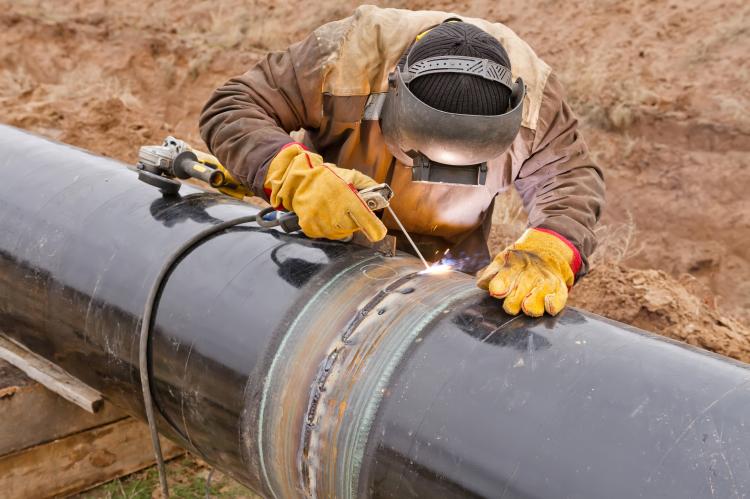Implementation of Engineering Critical Assessment and Fitness for Purpose Approach on Tanap Pipeline Welding

Following the decision of TANAP management to implement the latest technology on the Construction of the Trans Anatolia Natural Gas Pipeline (TANAP), and to validate such technology by means of improvements (in schedule, cost and quality), a decision was taken to implement Engineering Critical Assessment (ECA), as a fitness for purpose approach to produce alternative acceptance criteria, as opposed to conventional Quality Control (QC) approach workmanship acceptance criteria. By applying this approach to TANAP pipeline girth welds, the average Repair Rate (average repair rate data provided as number of repaired welds versus the total number of welds) significantly decreased for both Onshore and Offshore section pipelines.
Introduction
As part of the Southern Gas Corridor, the Trans Anatolia Natural Gas Pipeline (TANAP) aims to transport Azeri Gas from the Shah Deniz gas field and other fields of Azerbaijan, and possibly from other neighbouring countries, to Turkey and Europe via the Southern Gas Corridor comprising of the South Caucasus Pipeline (SCPX) extending from Caspian Sea to Georgia/Turkey border and the Trans-Adriatic Pipeline (TAP) extending from Greece/Turkey border to Italy.
TANAP project is an API 5L X70 onshore pipeline system of 1850 km in length comprising 56” diameter with three different wall thicknesses of 19.45, 23.34 and 28.01mm as well as 48” diameter with 16.67, 20.01 and 24.01mm. It also includes a 21 km of API 5L X65 offshore section beneath the Marmara Sea comprising two parallel 36” of 22.9mm wall thickness pipelines. The pipeline system will transport natural gas to required specifications and quantity and implemented in four phases. The project also comprises 7 Compression Stations (CS), 4 Measuring Stations (MS), 11 Pigging Stations (PS), 49 Block valve Stations (BVS) and 2 Off-Take Stations.
Engineering Critical Assessment (ECA) is a fitness for purpose approach based on fracture mechanics properties of the linepipe base material and weldments which is used to produce alternative acceptance criteria for TANAP Onshore/Offshore pipeline girth welds flaws. This approach however is only practical when used in conjunction with Automatic Ultrasound Techniques (AUT) as the Non Destructive Testing (NDT) method for the assessment of the pipeline girth weld flaws which is discussed in a separate article [1] (Figure 1).
The fitness for purpose (FFP) approach using Engineering Critical Assessment is to confirm girth welds mechanical integrity under static and cyclic (fatigue loading) stresses during installation and operation in the presence of weld flaws. This approach provides alternative acceptance criteria for planar flaws in the weld metal other than the Quality Control approach workmanship criteria as specified in the various
international codes and standards
